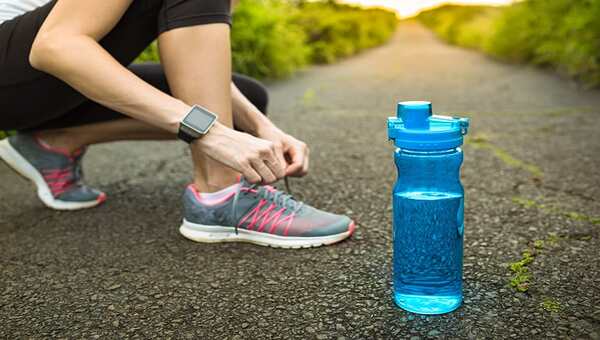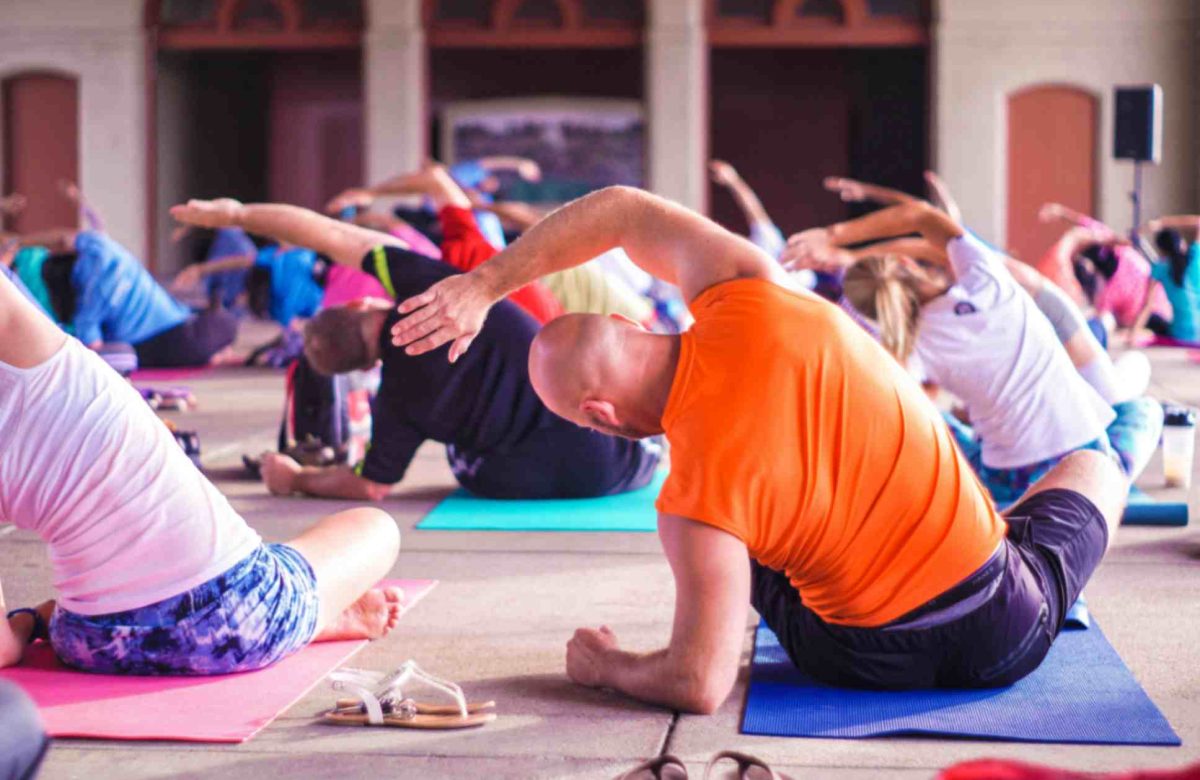How to Stay Hydrated During Intense Physical Activity

Staying hydrated during intense physical activity is vital for peak performance, optimal endurance, and overall well-being. Dehydration can lead to decreased athletic performance, impaired cognitive function, and an increased risk of heat-related illnesses. In this blog, we will explore the importance of hydration during intense exercise, understand the signs of dehydration, and provide practical tips on how to stay hydrated to achieve your fitness goals safely and effectively.
I. The Importance of Hydration During Intense Physical Activity
A. The Role of Water in the Body
Water is a fundamental component of the human body, making up approximately 60% of our total body weight. It is essential for various physiological processes, including temperature regulation, nutrient transport, and waste elimination.
B. Water and Exercise Performance
During intense physical activity, the body loses water through sweat to cool itself down. This can lead to dehydration if fluids are not replenished adequately. Dehydration negatively impacts exercise performance, leading to decreased endurance, reduced strength, and impaired cognitive function.
II. Signs of Dehydration During Exercise
A. Thirst
Thirst is one of the first signs of dehydration. If you feel thirsty during exercise, it is an indication that your body needs water.
B. Dark Urine
Dark-colored urine is a sign of concentrated urine, which may indicate dehydration. Aim for pale-yellow urine as an indicator of proper hydration.
C. Fatigue and Weakness
Dehydration can lead to fatigue, weakness, and decreased energy levels during physical activity.
D. Dizziness and Lightheadedness
Inadequate hydration can cause dizziness, lightheadedness, and a drop in blood pressure, potentially leading to fainting.
E. Muscle Cramps
Dehydration can contribute to muscle cramps and an increased risk of injuries.
Read More : How to Boost Your Endorphins with Physical Activity
III. Practical Tips to Stay Hydrated During Intense Physical Activity
A. Pre-Hydration
- Start Hydrating Early: Begin hydrating before exercise to ensure your body is adequately prepared. Aim to drink at least 16-20 ounces of water 2-3 hours before exercise.
- Avoid Dehydrating Beverages: Limit or avoid beverages that can contribute to dehydration, such as those containing caffeine or alcohol, in the hours leading up to exercise.
B. During Exercise
- Drink Water Regularly: During intense physical activity, drink water at regular intervals to replace fluids lost through sweat. A general guideline is to aim for 7-10 ounces of water every 10-20 minutes during exercise.
- Consider Electrolyte Beverages: For activities lasting longer than an hour or in extreme heat, consider consuming sports drinks that contain electrolytes to replace sodium, potassium, and other minerals lost through sweat.
- Listen to Your Body: Pay attention to your thirst and bodily cues during exercise. Drink when you feel thirsty but do not overhydrate, as excessive water intake can lead to hyponatremia (low sodium levels in the blood).
- Monitor Sweat Rate: Weigh yourself before and after exercise to estimate your sweat rate. For every pound lost during exercise, aim to consume 16-20 ounces of fluid to rehydrate.
C. Post-Exercise Hydration
- Rehydrate: After intense physical activity, rehydrate by drinking water or electrolyte-rich beverages. Aim to drink at least 20-24 ounces of fluid for every pound of body weight lost during exercise.
- Eat Hydrating Foods: Consume hydrating foods with high water content, such as watermelon, cucumber, oranges, and celery.
IV. Hydration Strategies for Specific Sports
A. Endurance Activities (Running, Cycling, etc.)
- Use Hydration Packs or Belts: Carry a hydration pack or wear a belt with water bottles to have easy access to fluids during long-distance runs or rides.
- Plan Hydration Stops: For extended endurance activities, plan hydration stops along the route to refill water bottles or drink from water fountains.
B. Team Sports (Soccer, Basketball, etc.)
- Utilize Halftime Breaks: Take advantage of halftime breaks in team sports to hydrate and replenish fluids.
- Hydrate During Substitutions: Use player substitutions as an opportunity to hydrate and encourage teammates to do the same.
C. High-Intensity Workouts (CrossFit, HIIT, etc.)
- Hydrate Before and After Rounds: Drink water between rounds or intense intervals to maintain hydration levels.
- Opt for Electrolyte Drinks: Consider consuming sports drinks with electrolytes for high-intensity workouts lasting longer than an hour.
Read More : How to Stay Hydrated During High-Altitude Travel
V. Additional Tips for Staying Hydrated
A. Monitor Hydration Levels
Pay attention to your hydration status by checking the color of your urine. Aim for pale-yellow urine, which indicates adequate hydration.
B. Hydrate Beyond Exercise
Incorporate fluid intake throughout the day, not just during exercise. Carry a water bottle with you to sip on regularly.
C. Hydrate in Hot and Humid Environments
In hot and humid conditions, the body loses more fluids through sweat. Increase your fluid intake accordingly to prevent dehydration.
Conclusion
Staying hydrated during intense physical activity is essential for optimal performance and overall well-being. Understanding the signs of dehydration and adopting practical hydration strategies can help you maintain peak performance, avoid potential health risks, and achieve your fitness goals effectively.
Remember to pre-hydrate, drink water regularly during exercise, and rehydrate after physical activity. By prioritizing hydration as a crucial component of your fitness routine, you can enjoy enhanced endurance, improved cognitive function, and a more enjoyable exercise experience. So, fuel your body with water, embrace good hydration practices, and elevate your performance to new heights while safeguarding your health.




